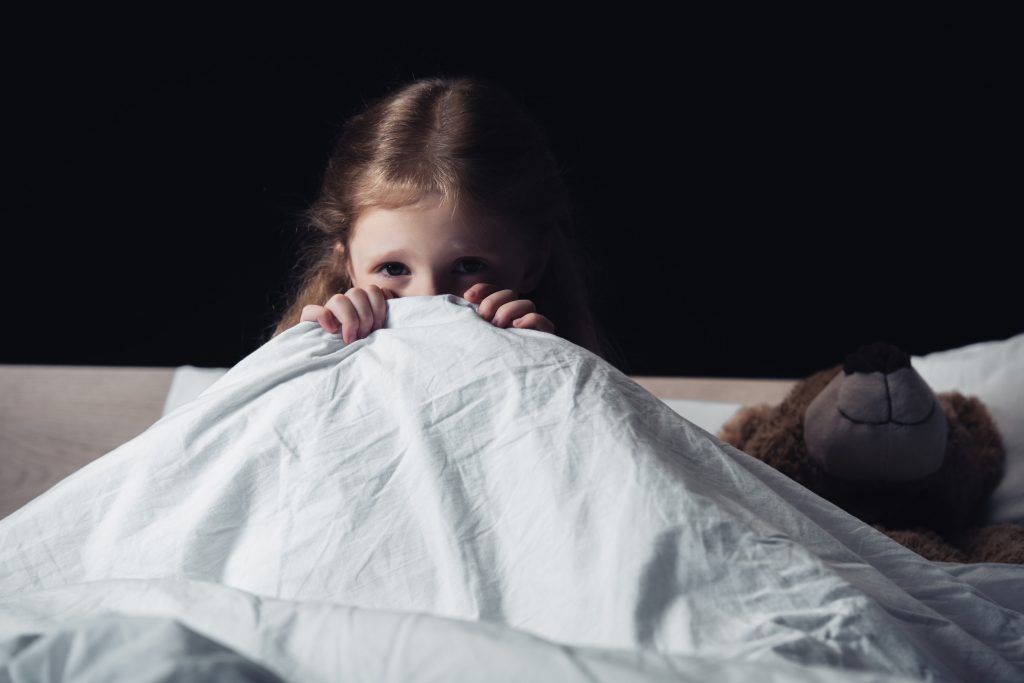
For many kids, the idea of a first sleepover sounds exciting—movies, snacks, and staying up late with friends. But behind the giggles and sleeping bags, there’s often a layer of hidden anxiety that no one talks about. Whether it’s fear of missing home, embarrassment over routines, or the pressure to “fit in,” the emotional load of a sleepover can catch kids off guard. As a parent, recognizing and gently addressing these feelings can make all the difference. Let’s explore what your child might be feeling before that first overnight invite and how you can help ease the transition.
1. Fear of the Unknown
Even kids who seem confident can feel overwhelmed by the unfamiliar environment of a sleepover. They may be afraid of things they’ve never had to think about—where the bathroom is, whether they can ask for a snack, or what happens if they can’t fall asleep. This type of hidden anxiety can build quietly in the background. Some children may even hide their nervousness out of fear it will seem “babyish.” Letting your child know it’s okay to feel unsure is the first step toward confidence.
2. Worries About Sleep Routines
Not all kids fall asleep easily, and when they do, their nighttime habits might include needing a special blanket, sound machine, or routine that feels embarrassing around peers. The fear of being judged or standing out is a huge part of hidden anxiety before a sleepover. Talk openly with your child about what helps them sleep and brainstorm ways to adapt. Whether it’s a quiet heads-up to the host parent or packing comfort items in disguise, preparation is everything. When a child feels secure at bedtime, the rest of the night goes more smoothly.
3. Embarrassment Around Bathroom Needs
It’s not glamorous to talk about—but bathroom-related anxiety is a real part of sleepovers. Kids may be worried about having an accident, not knowing where the bathroom is, or even asking to go. For some children who struggle with bedwetting or other medical issues, the thought of someone finding out can be terrifying. This hidden anxiety can cause them to avoid sleepovers altogether or fake illness at the last minute. Normalize these worries by giving them words and a plan: discreet supplies, a private conversation with the host, or even starting with a “late night” visit instead of an overnight stay.
4. Peer Pressure to “Be Cool”
Sleepovers come with a social stage, and for many kids, that means pressure to act older, funnier, or braver than they feel. This can lead to hidden anxiety around fitting in, especially for children who aren’t as outgoing. They may worry about not knowing the inside jokes or being the one who falls asleep first. Reassure your child that it’s okay to be themselves and that real friends won’t make them feel small. Practice a few social scenarios so they feel ready if the pressure starts to build.
5. Fear of Not Being Able to Contact Home
Many kids hold onto the unspoken fear of “what if I want to come home but can’t?” Giving them a clear exit strategy relieves this particular kind of hidden anxiety. Let them know they can text or call you anytime, no judgment. Remind them that leaving early doesn’t mean failure—it just means trying something new and knowing their limits. This reassurance can often be all they need to stay the whole night.
6. Anxiety About Eating in Someone Else’s Home
Food is a comfort, and eating habits can vary a lot from one family to another. Kids may feel unsure about what’s being served, when they’re allowed to eat, or whether they’ll be expected to eat things they don’t like. This hidden anxiety often goes unnoticed until it causes stress at the sleepover. Talk to your child about what they can do if they’re uncomfortable and consider sending snacks they enjoy. When kids know they won’t be forced to eat something strange or go hungry, it’s one less thing to worry about.
7. Pressure to Participate in Activities They’re Not Ready For
From scary movies to prank wars, sleepovers can introduce things your child might not be emotionally prepared for. The hidden anxiety here stems from the internal struggle between wanting to belong and wanting to feel safe. Encourage your child to set personal boundaries ahead of time and role-play how to say no politely. Being upfront with the host parent about your expectations also helps create a safer environment. Kids are braver when they know it’s okay to opt out.
8. Not Knowing What’s “Normal”
First-time sleepover kids often wonder: Is it normal to miss home? Is it weird if I bring my stuffed animal? Do other kids worry too? This lack of perspective feeds the hidden anxiety surrounding first sleepovers. Share stories about your own sleepovers—good and awkward alike—to help normalize the jitters. Kids feel more at ease when they realize they’re not the only ones carrying big emotions in a small backpack.
When Comfort Beats Bravery
Helping your child navigate the hidden anxiety behind first sleepovers isn’t about pushing them to stay the night—it’s about giving them the tools and confidence to decide for themselves. Maybe they go and have the time of their life. Maybe they try, get nervous, and come home. Either way, it’s a success, because they learned to check in with their own needs and advocate for them.
What helped your child get through their first sleepover—or what made you pull the plug? Share your experience in the comments!
Read More:
10 Mistakes Parents Make When Kids Are Dealing With Anxiety
10 Signs Your Child Is Struggling More Than They Admit
The post The Hidden Anxiety Behind First Sleepovers appeared first on Kids Ain't Cheap.







